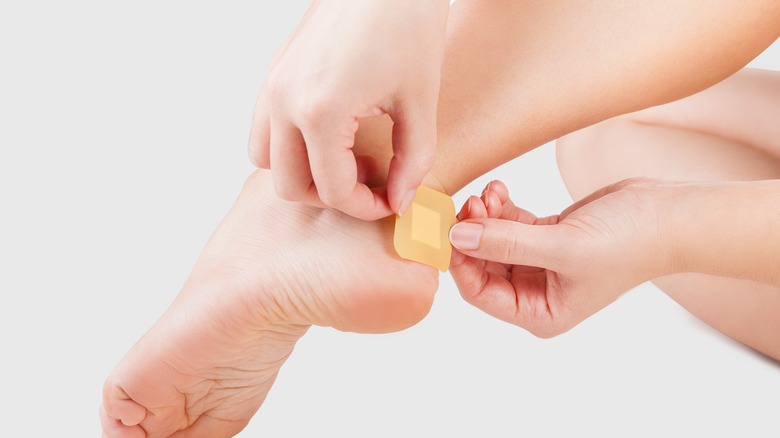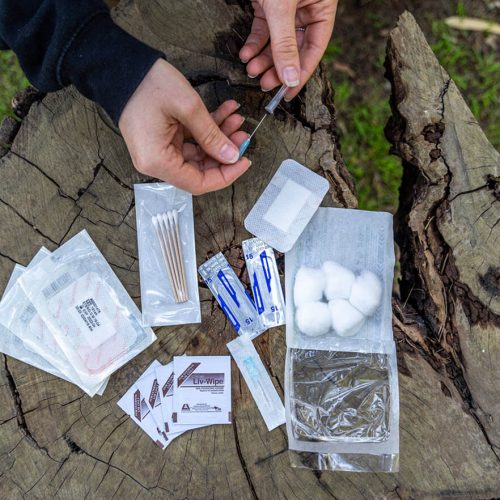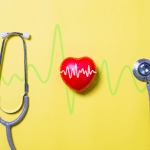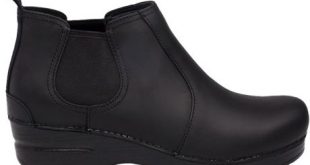Blisters are fluid-filled elevated bubbles beneath your skin’s top layer. Blisters are produced by the body to cushion and regenerate damaged skin. It is normally better to prevent popping them. However, if a blister is huge or painful, it may be necessary to drain it to relieve pain. We will go through when the features and reasons make it desirable to pop in this article.
What is the definition of a blister?
A blister is a fluid-filled, blood-filled, or pus-filled sac that rests on the skin’s surface. When left alone, blisters normally cure in seven to ten days; however, a blister that has been popped may take longer to heal correctly. Blisters come in a variety of shapes and sizes; however, the following are the most common:
Friction Blister
This blister arises when skin is constantly pushed against a certain object, as the name implies. The pressure of the motion disrupts the layers of the epidermis, allowing fluid to fill the space.
- Blood Blister- Whenever blood vessels beneath the skin’s surface are pinched or injured, such as when you unintentionally caught your finger inside a drawer, blister forms. The fluid-filled sac, which could also appear elevated and red or purple, is formed by the blood.
- Burn Blister- These blisters form when a skin patch forms well over burnt parts as a sort of protection after being exposed to excessively high temperatures.
What Are the Consequences of Popping Blisters on Your Feet?

It is terrible enough to deal with the discomfort of a foot blister, the discomfort of blister care, and the inconvenience while waiting for this to heal. Infection, on the other hand, is another matter entirely. It irritates your blister, necessitates additional attention, and can easily turn nasty. And, as you tuck your shoes, your feet spend much time in the dusty, dark, heated, and hot, bacterial infection-prone environment. And if they are not in shoes, the foot is the connection between us and the ground, a source of endless germs. Foot bubbles are especially susceptible to infection.
Is popping a blister a good idea?
Whatever form of blister you have, it is better to leave it alone because popping it disrupts the clean environment, allowing bacteria and infection to enter. If a blister is causing you discomfort, the easiest approach to treat it is to bandage it with a band-aid and use a cold compress.
How to Pop a Blister Without Hurting Yourself

You have probably heard that popping a blister is not a good idea. It will, at most, delay the healing process, and at worst, it may cause an infection. But if you absolutely must pop, make sure you do so safely. Let us see how to pop a blister below,
- Hands should be washed, and the blister should also be washed- Simple soap and water will be enough; make sure to wash thoroughly.
- Iodine should be applied to the blister- This will aid in making the region even cleaner and lowering the danger of infection.
- Make sure your popping tool is clean- The best tool for the procedure is a sharp needle, such as a sewing needle or even the needle tip of a safety pin. 70% ethanol should be used to clean the needle.
- Allow the blister to drain by puncturing it- Make a series of little pops around the blister’s edge and gently press on the area to allow the fluid to drain. Attempt to prevent the blister from ripping. If you wind up having a flap, do not even rip it off; instead, try to smooth it back over the underneath area.
- Wrap it in a bandage- Cover the blister with nonstick gauze after applying a coating of petroleum jelly. This will safeguard the region and aid in the prevention of diseases. Stop applying the petroleum jelly if a rash appears.
- Always keep a watch on it- Every day, and whenever the gauze becomes damp or filthy, replace it.
When is it acceptable to pop a blister?
When you poke a hole in a blister, bacteria can go inside and infect it. A blister’s fluids are also protective and can aid in the healing process. Allowing your blister to heal on its own will help it heal faster. If you have a common blister due to the friction, it will most likely disappear within a few days. However, popping will only add to the discomfort.
When do you have to see a physician?
While blisters commonly develop due to direct skin irritation, certain medical diseases can also induce blisters throughout the body. If this occurs, you should consult a dermatologist for an assessment and treatment.
How Can You Avoid Getting Blisters?
- Work gloves should be worn. Jobs that you only perform once in a while, like shoveling snow and raking leaves, are ideal for causing blisters.
- Wear comfortable and well-fitting shoes. Wear cushioned socks or apply adhesive padding to the rubbing areas of your foot. Breaking in new shoes takes time.
Quick-healing strategies

The most key point to remember is to maintain the surface clean and dry at all times. Burn as well as friction blister dressings should be changed often. Avoiding popping the blister would also assist in stimulating the immune system by preventing infection. Blister pads, sometimes known as artificial blisters, can help the blister heal faster by forming protective padding around it. These can be found in pharmacies and on the online platform.
Anyone who suspects they may be suffering from shingles should seek medical advice. Children’s chickenpox symptoms can be relieved with non-aspirin drugs such as acetaminophen (Tylenol). Most pharmacies carry antiviral ointments, which help to speed things up the recovery of skin infections. Antiviral drugs can only shorten the duration of an illness if taken before three days of the symptom emerging. It is also critical to apply a cold sore ointment immediately when the blisters emerge.
Conclusion
Taking control of the issue and popping a blister has many advantages. Consider the blister, including its anatomical place, your wellness, and the equipment at your disposal whenever it comes to popped blisters. To put it another way, it is preferable to ignoring it, resuming your normal routine.
Popping blisters, on the other hand, has its drawbacks. As a result, if you are in doubt, leave it alone. Use an antiseptic as well as a sterile covering to treat the wound. Reduce the amount of pressure and friction. And keep an eye on it to make sure it hasn’t ruptured or become contaminated.
 Nursing Trends
Nursing Trends






